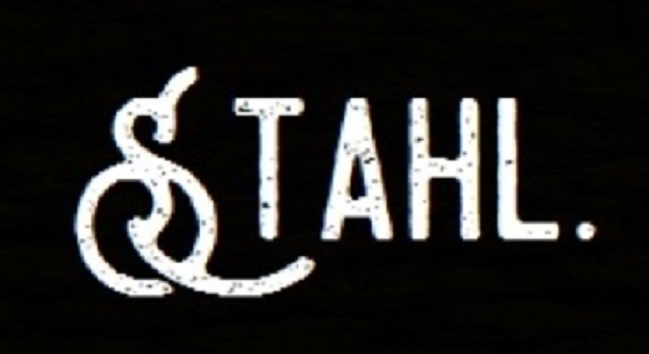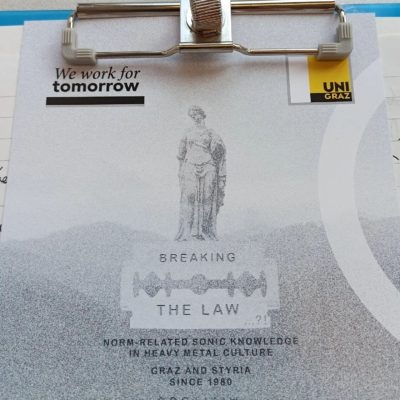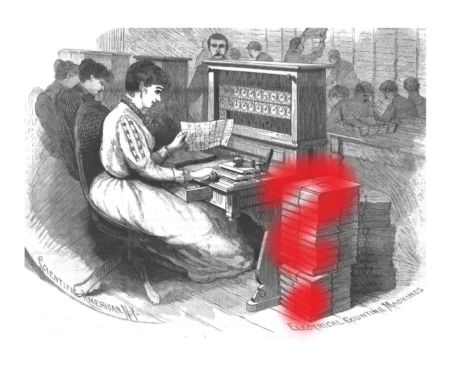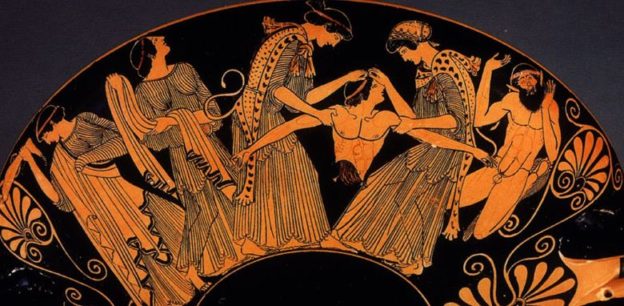In my recent post, I wrote about oral history as a the method of choice to decode the Styrian metal scene’s emerging collective memory. This scene memory depends on the the scene’s shared attitude towards law. Since then, my research has progressed. Another series of interviews was conducted, the discourse analysis has been continued.
Still, I have the feeling the empirical research is progressing well. The last third of the field research period has begun. In this post, I do not want to go into details about the data collected (this will happen in later posts). Rather, I want to focus on one issue, which – once more – has proven to be crucial: the question of closeness and distance in metal studies.
Prior to my research, I was a member of this local heavy metal community. I knew scene members and attended concerts. It was – more or less – a silent leisure pleasure. After 21 months of local scene research and consequently many intense contacts with the scene members, I am the ‘metal studies dude’ now. “Aren’t you the guy doing this metal studies interview stuff?”, is a question I am approached with regurlarly at scene events.
This means that my position in the community seems to have changed. The knowledge about the project circulating, there comes even more support from the scene. I am eternally to the scene members for their neverending patience with my questions. This patience is metal.
However, with the growing visibility the key issue of the position of the researcher in the community investigated has become vital once more. As now my position has turned from a silent academic watcher to a more visible role, I have to re-reflect upon the question of distance and closeness.
I would suggest that, in metal studies, each step of data collection in the scene should be reflected upon by the researcher carefully and thoroughly right after having taken the step. Hence, I do not want to be only the guy doing the metal studies interviews stuff but as well the guy thinking about the interview stuff.




